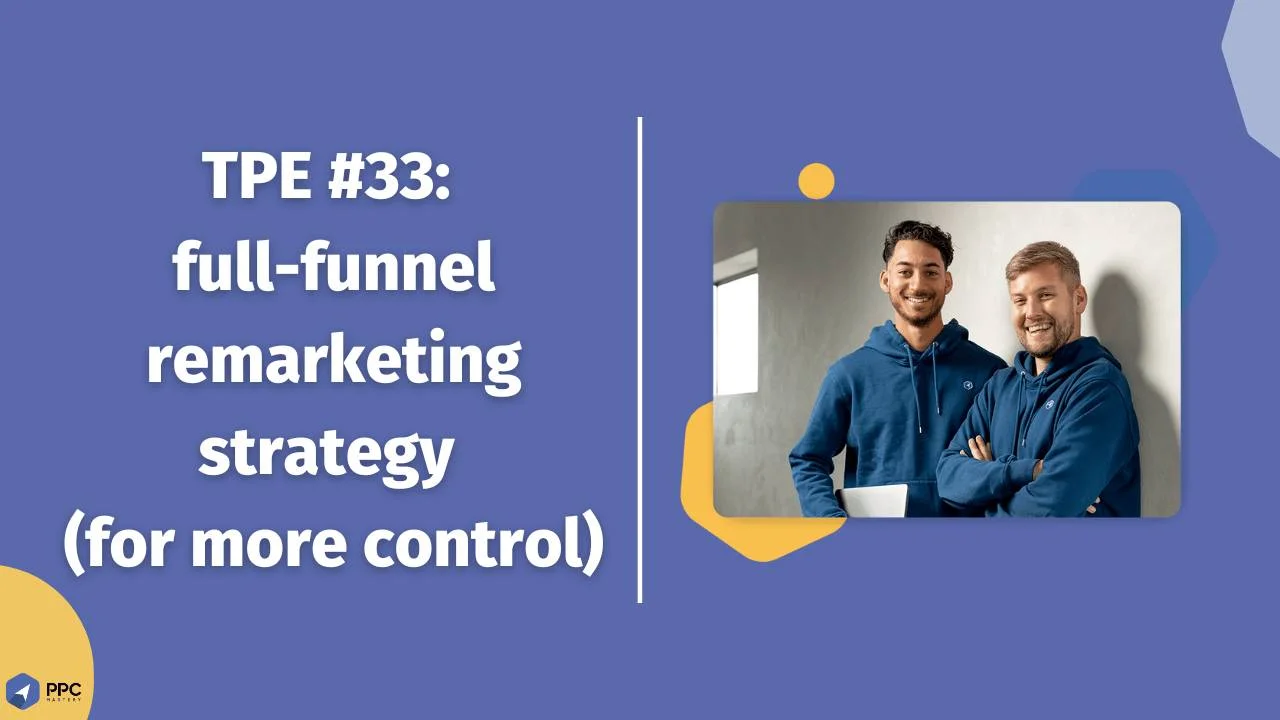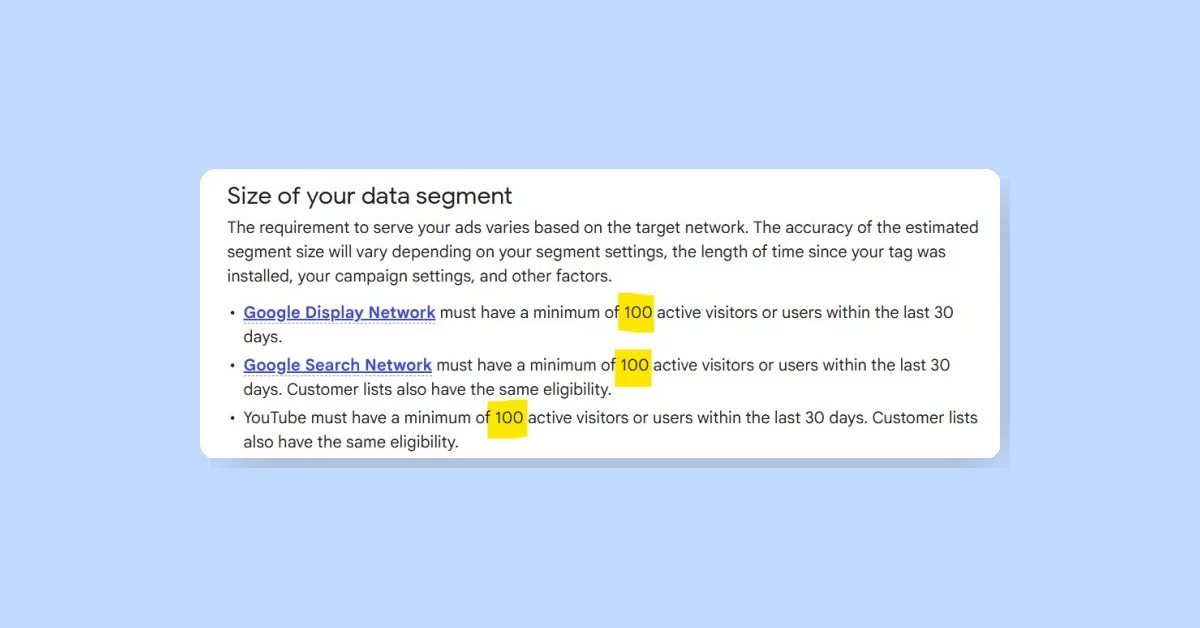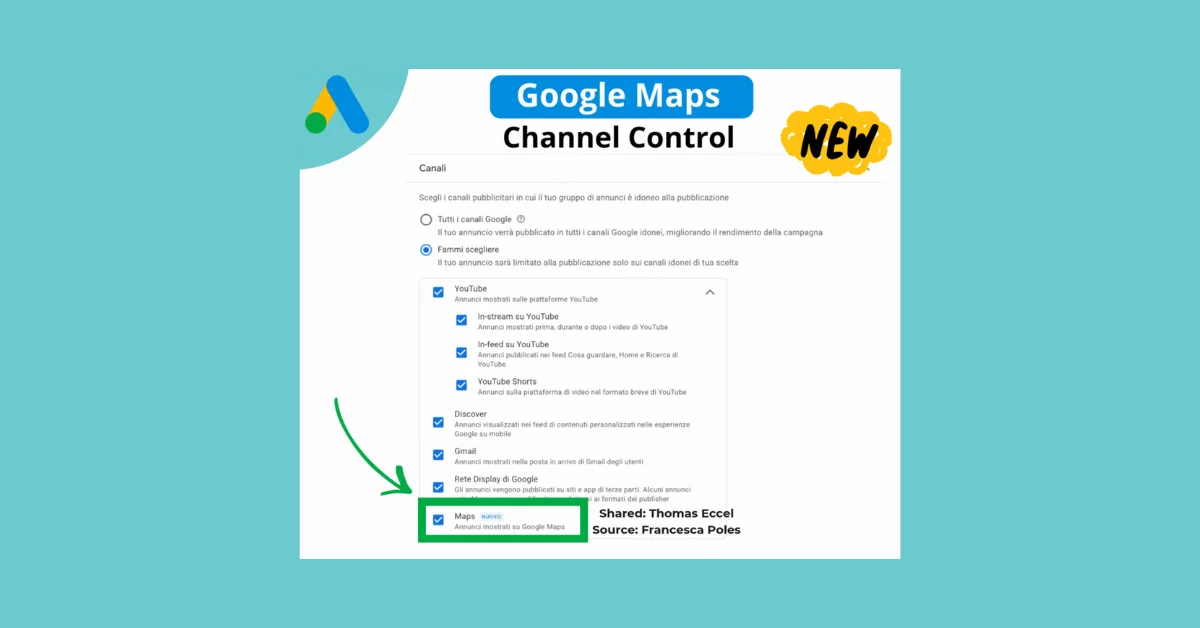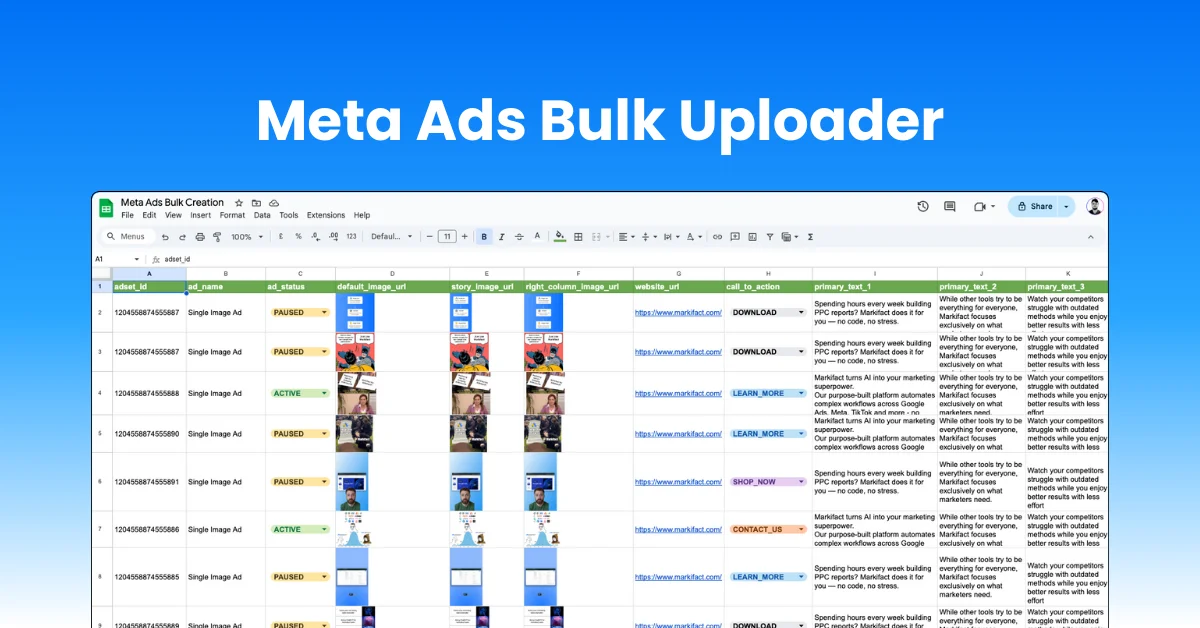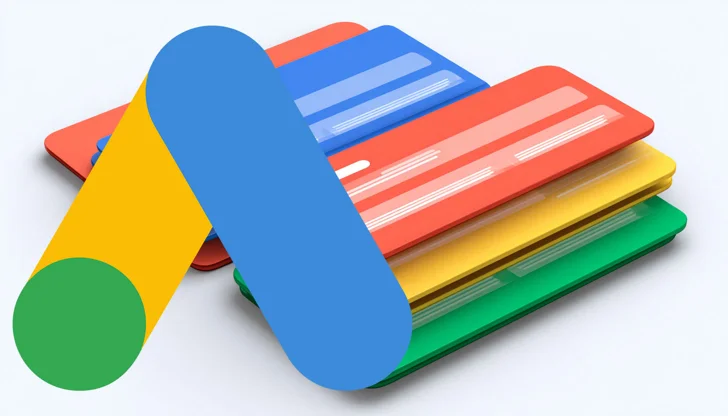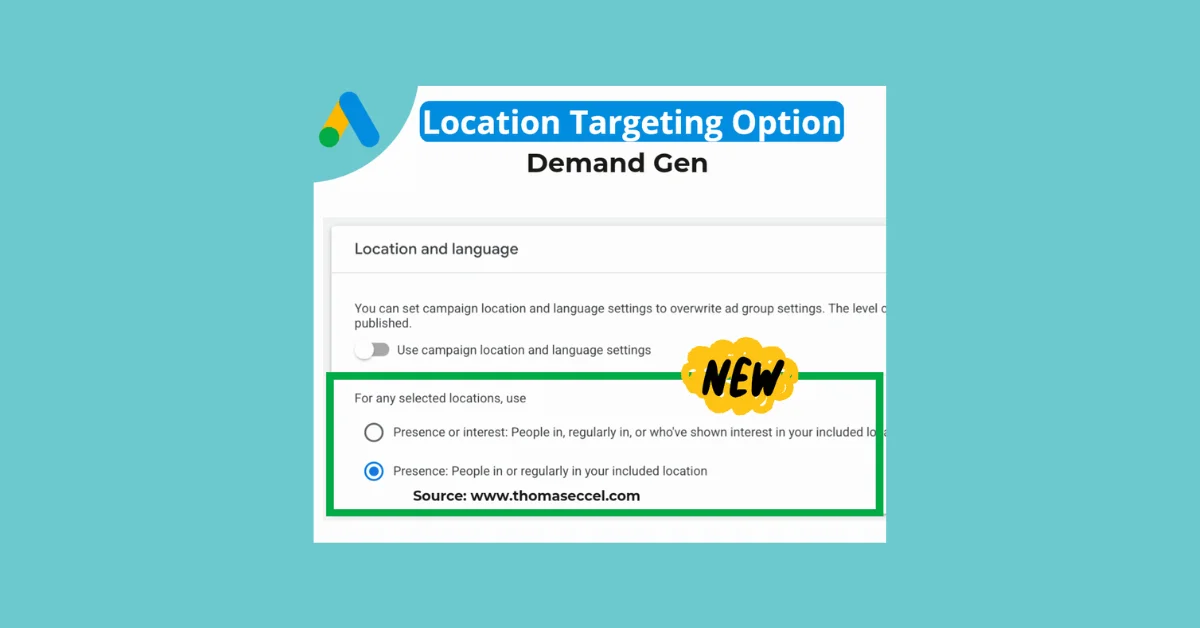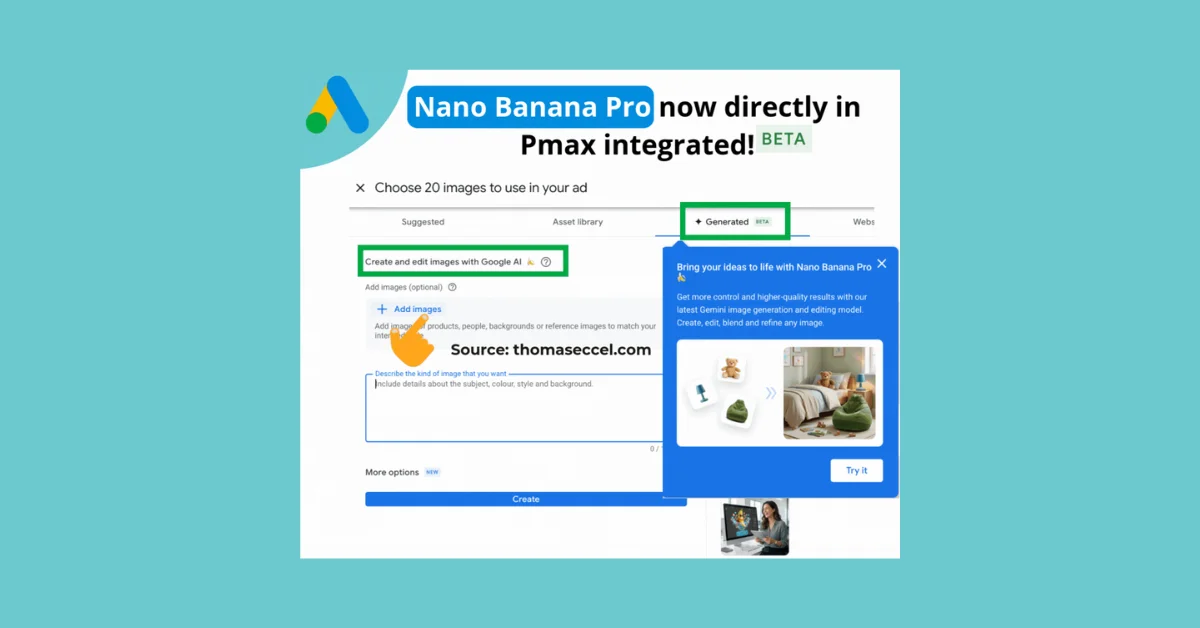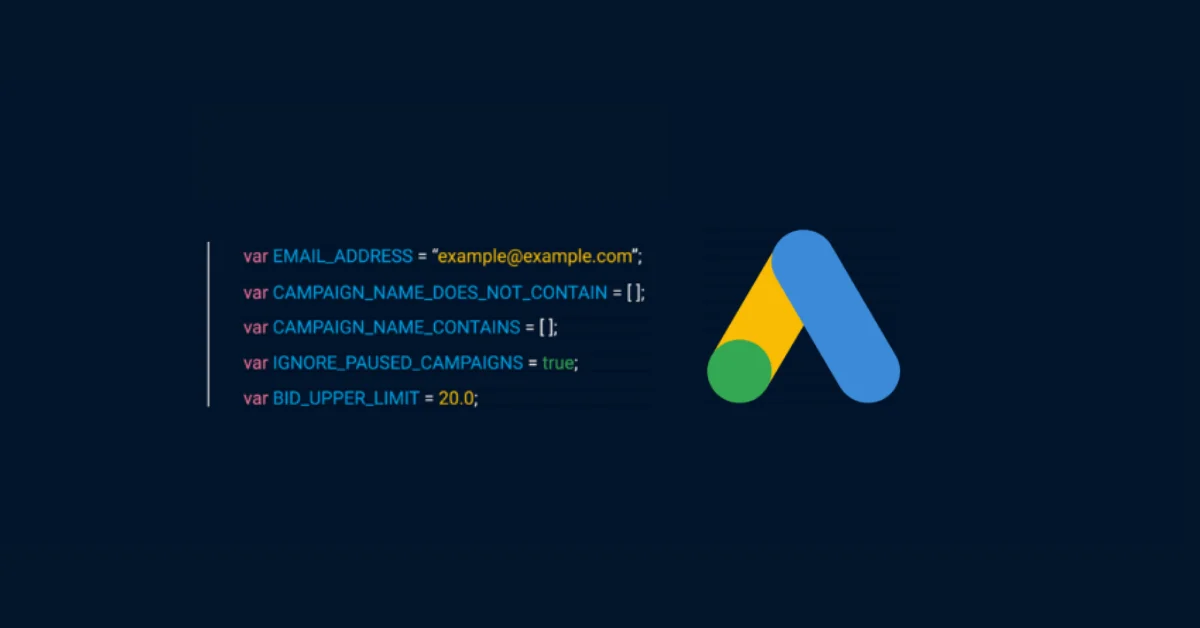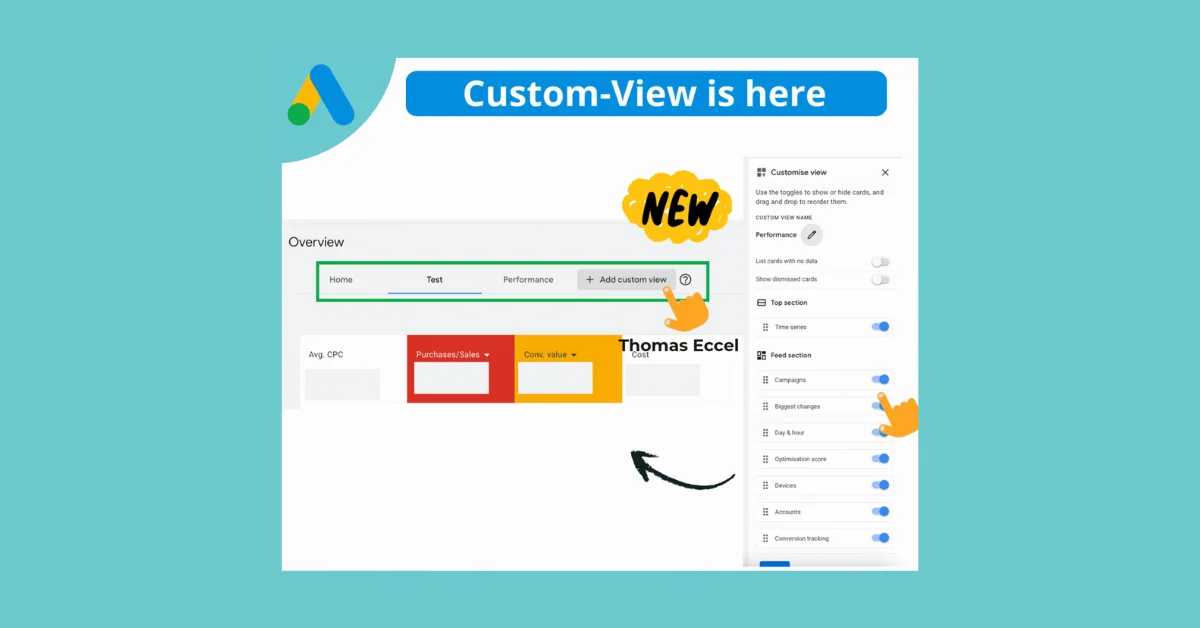Performance Max campaigns offer limited control over remarketing. In contrast, dedicated remarketing campaigns provide control over audiences, ads per audience, and remarketing spend, along with better audience and creative performance insights.
The text proposes a full-funnel remarketing strategy with Google Ads:
Pick the right campaign types and structure: Options for retargeting website visitors include Display, Demand Gen, and YouTube. Display and Demand Gen image ads are recommended for those with limited resources. Display campaigns offer Dynamic Remarketing, which shows highly relevant ads featuring the product a user has visited.
Set up campaigns for success: Keep the campaign structure simple with one campaign (per type), multiple ad groups segmented by audience, and ads tailored to specific audiences.
Target high-intent audiences first: Create audiences for every funnel stage - all website visitors, category page visitors, product page visitors, cart/checkout page visitors, and converters. Start retargeting high-intent audiences first, then move up the funnel. Layer recency on your audiences, creating variations for 7, 30, 90, and 365 days.
Create ads for every funnel stage (if possible): Create unique ads for each funnel stage. Lower funnel ads can be more transactional, while higher funnel ads should be more intriguing. Increase ad relevance with Dynamic Remarketing.
Exclude recent converters to reduce wasted ad spend: Exclude recent converters to avoid wasting budget and annoying customers. Exceptions may exist, but it's generally better to exclude recent converters, especially in the first few days after conversion.
In conclusion, regain control with this full-funnel remarketing strategy: pick the right campaign types, set up successful campaigns, target high-intent audiences first, create stage-specific ads, and exclude recent converters to reduce wasted ad spend.
